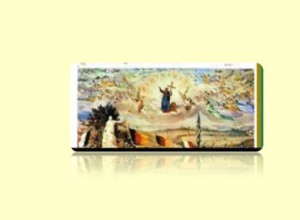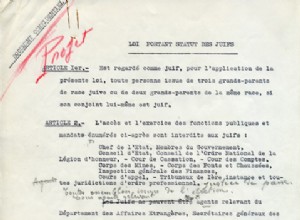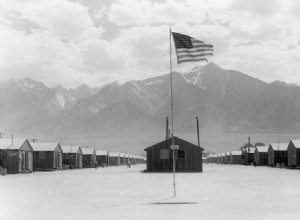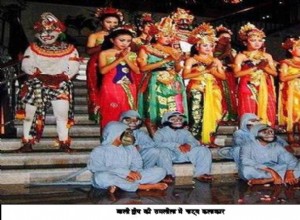In the eighteenth century, Germany, Italy, and Switzerland were divided into monarchies, dioceses and cantons, with some autonomous regions in between. Similarly, the regions of Eastern and Central Europe were under autocratic monarchies and different types of people lived in these areas who were re




